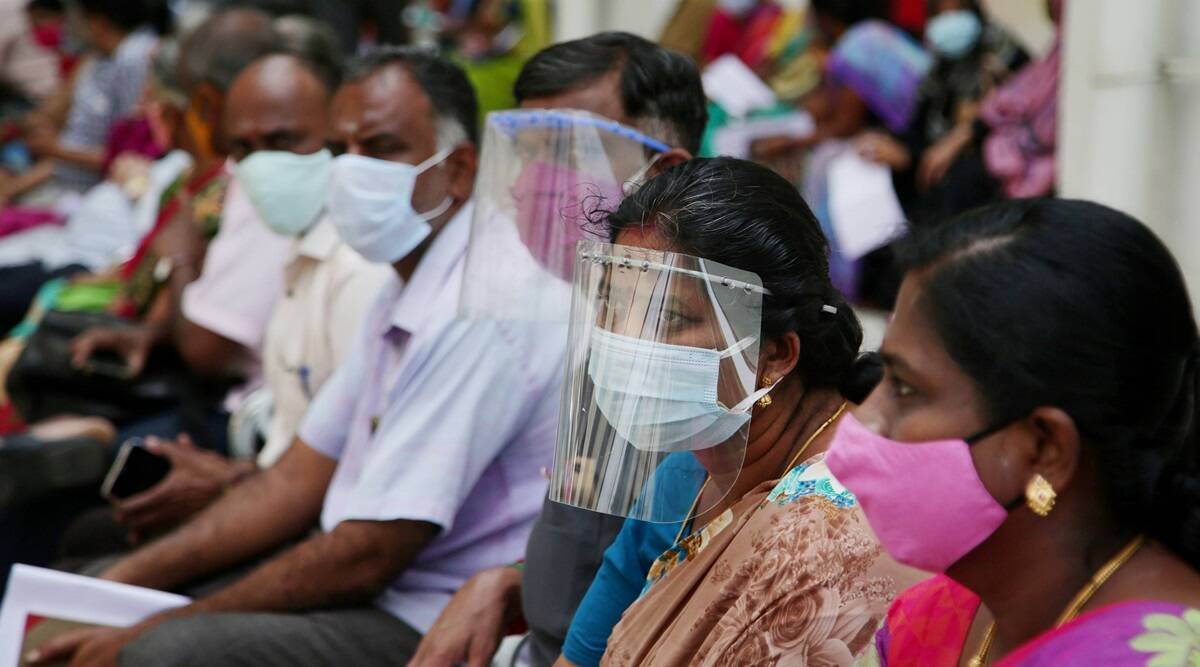Active COVID-19 infections in TN climbs up to 30,817

Reeling under a sharp increase in fresh COVID-19 infections, Tamil Nadu on Friday reported 8,981 cases, pushing the state’s tally to 27,76,413 while eight fatalities took the toll to 36,833, the health department said.
Tamil Nadu has been reporting a sharp increase in new infections since last week.
Chennai and 15 other districts accounted for a majority of the new cases with the state capital adding 4,531 cases.
Meanwhile, 984 people recovered from the disease and were discharged in the last 24 hours, aggregating to 27,08,763 leaving 30,817 active infections.

A total of 1,36,620 samples were tested in the last 24 hours, pushing the cumulative number of specimens examined to 5,82,39,971.
The sharpest increase of new cases was reported in Chengalpet with 1,039, followed by Thiruvallur 514, Coimbatore 408, Kancheepuram 257, Vellore 216, Tiruchirappalli 184, Tuticorin 160, Madurai 149, Tiruppur 127, Salem 119, Kanyakumari 117, Ranipet 113, Tirunelveli 104, and Erode 103.

Ariyalur and Tenkasi recorded the least number of new cases with nine and four, respectively, the bulletin said.
Among those who tested positive, include 37 returnees from domestic and overseas locations.





